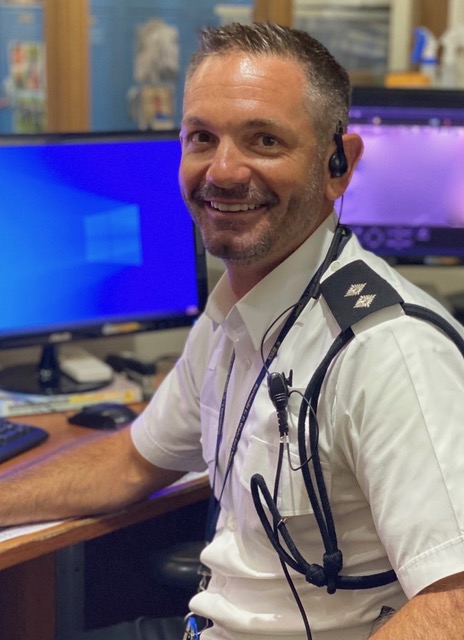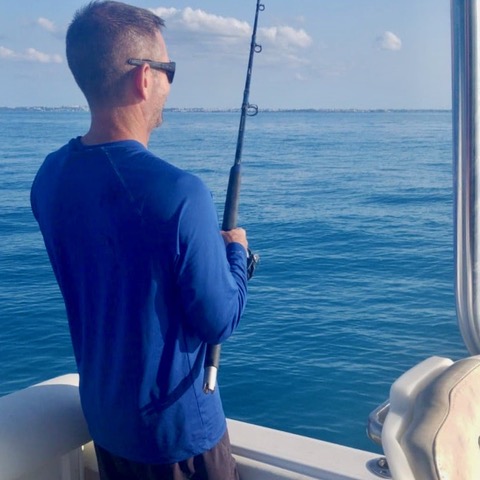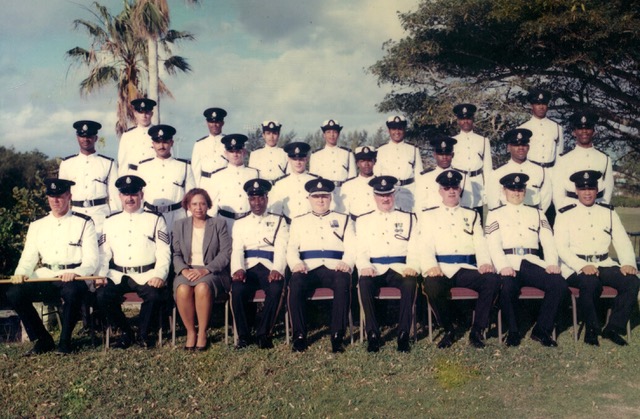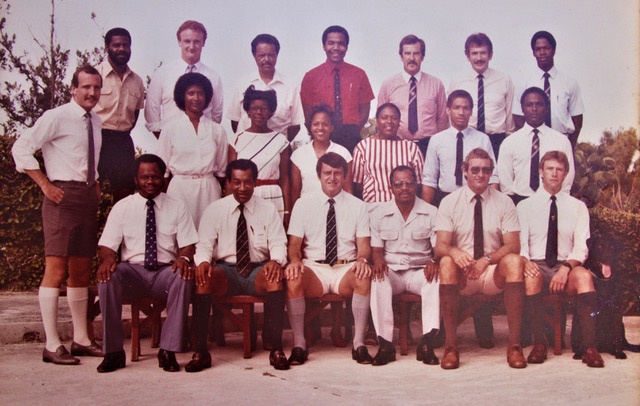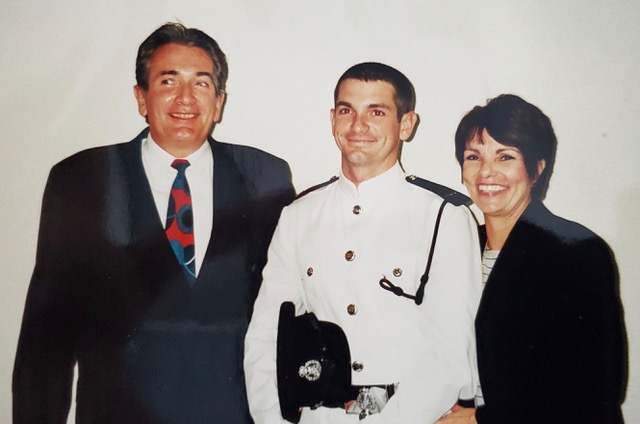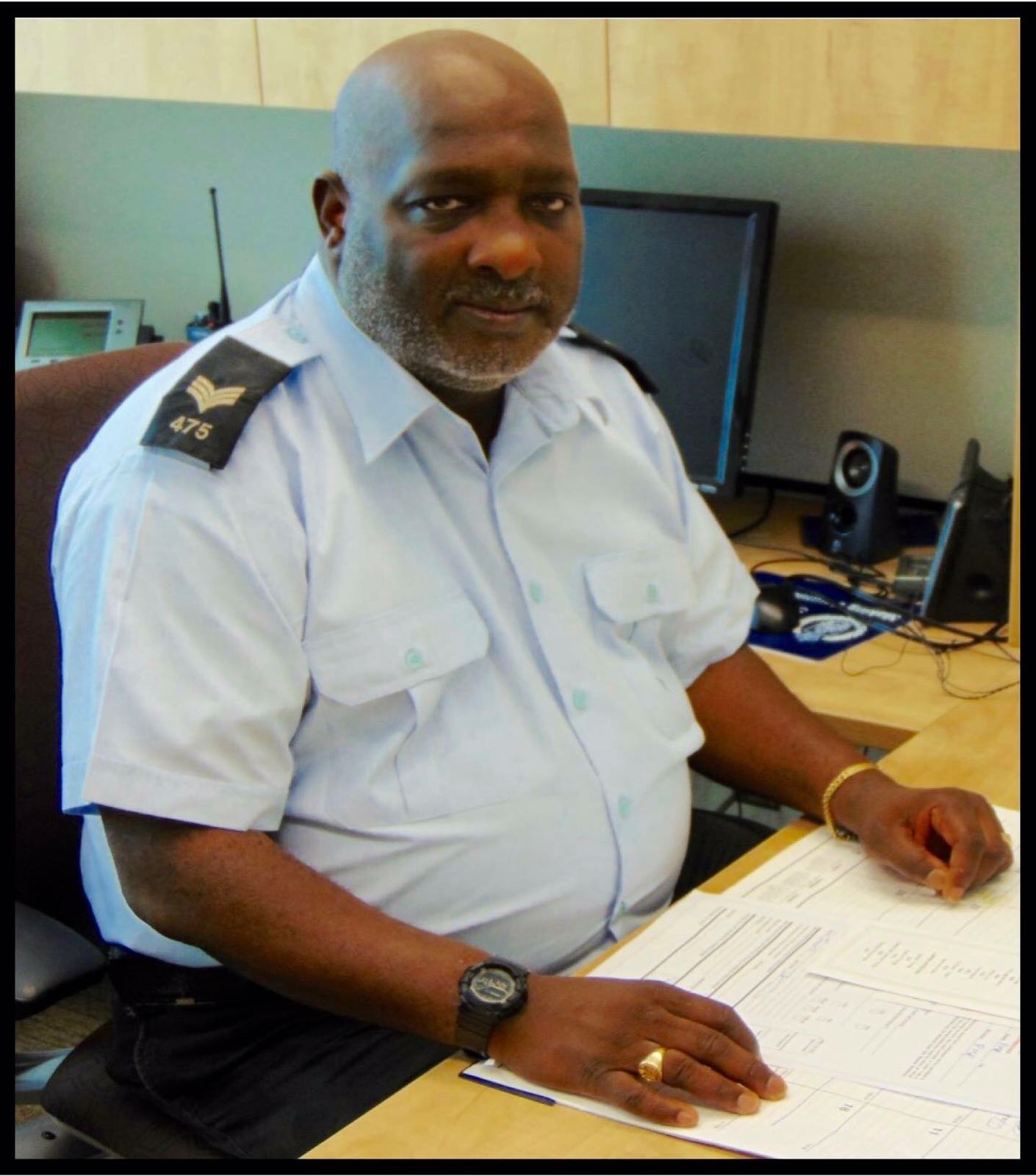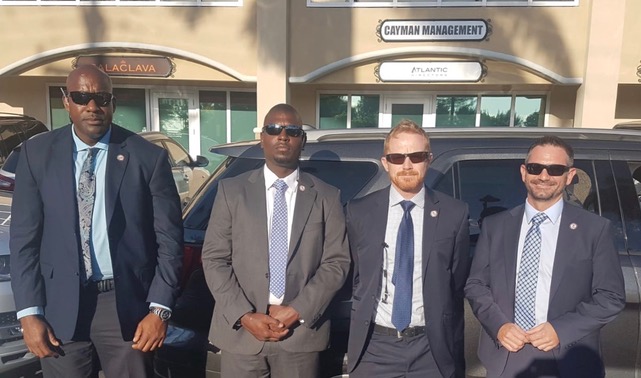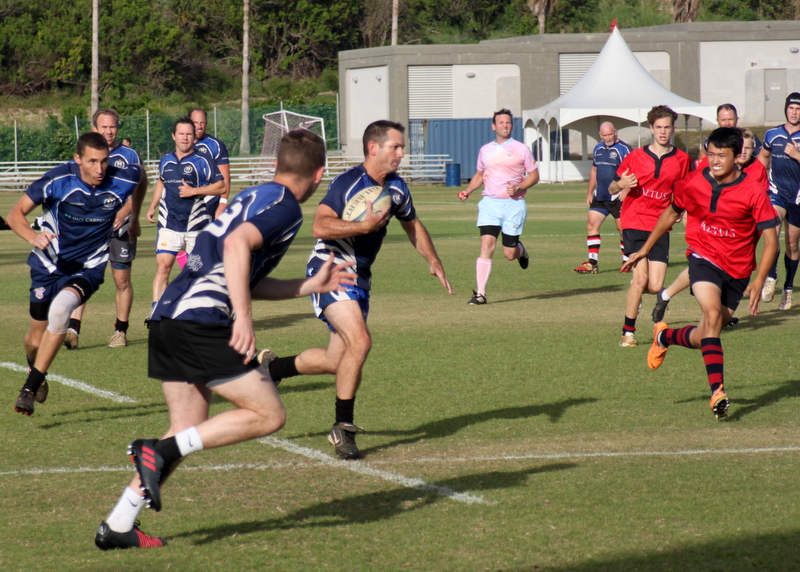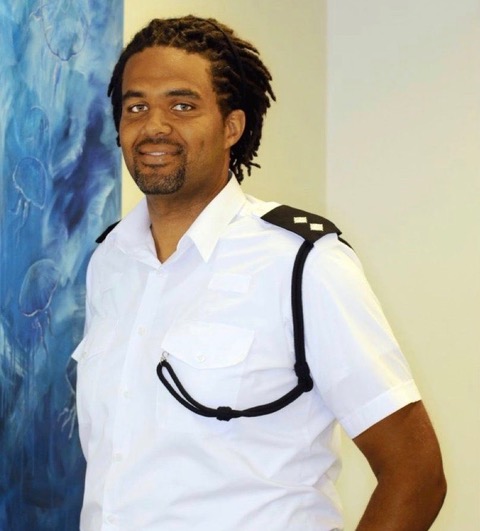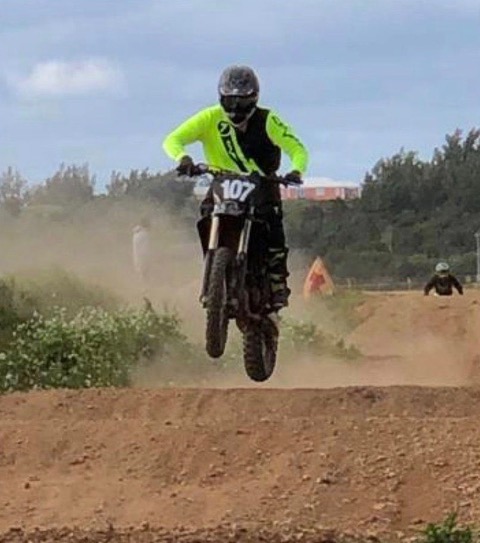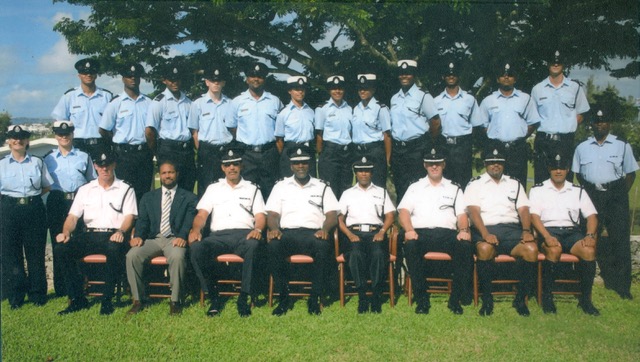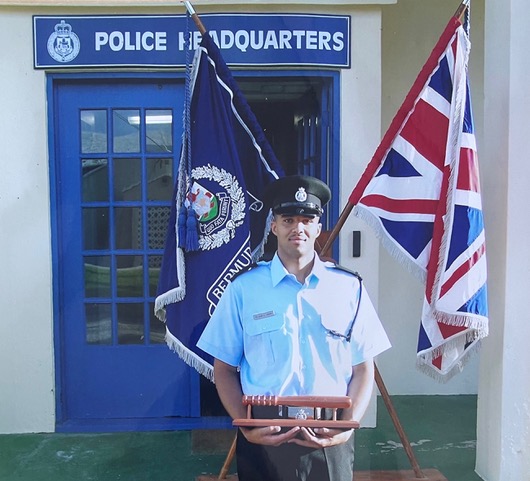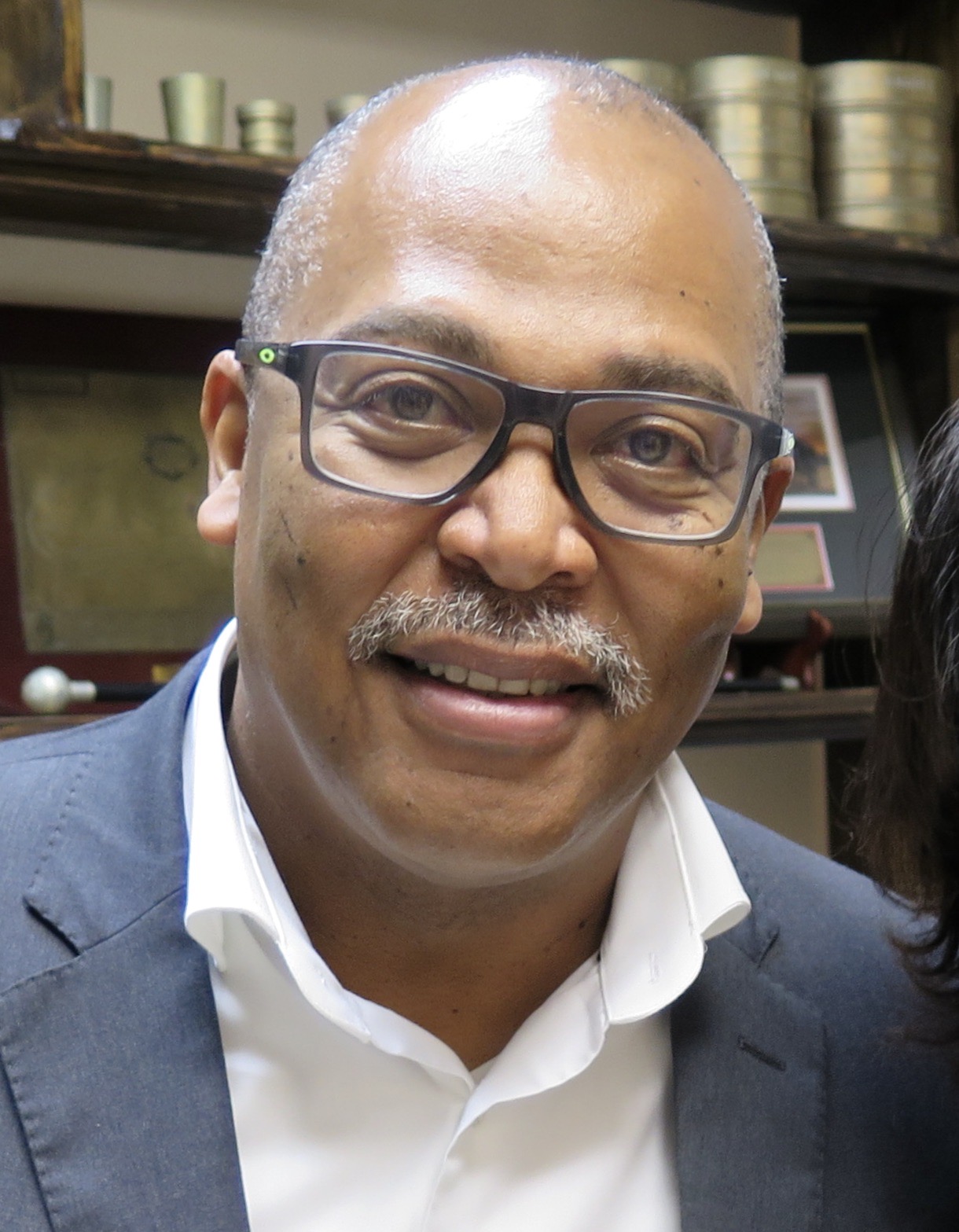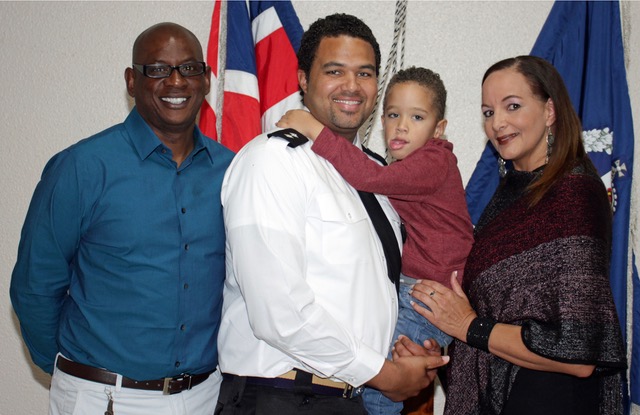Death on the lawless high seas east of Bermuda
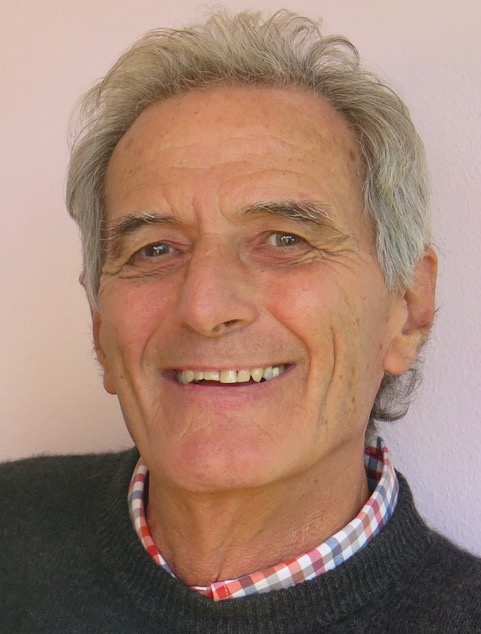
This is a story about the investigation surrounding the death in March, 1977 of a Korean fisherman on the high seas east of Bermuda followed by the verdict of a Bermuda Coroner’s inquest concerning his death.
Said Danny Farias president of the Bermuda Commercial Fisherman’s Association, “The Japs, and the Formosans’ and the Chinese all know this – they all fish up here.”
During the early 1970’s a regular sight in St. George’s was the presence of South Korean and Taiwanese fishing trawlers lying abreast at Penno’s Wharf as part of a much larger fishing fleet then operating in the mid-Atlantic.
Whilst Japanese and South Korean fleets continued fishing within 90 miles of Bermuda during the winter months, government studies were actively underway into how Bermuda could best police the plans afoot to extend Bermuda’s fishing rights to 200 miles – to give the island jurisdiction over roughly 176,000 square miles of the Atlantic.
In 1974 the Government of South Korea decided that in order to diversify and improve their own country’s economy they would go into fishing in a big way. An offer to Bermuda to co-operate was taken up by a local legislative committee which was followed by a Law of the Sea Conference in late 1974 in Caracas, Venezuela.
Moving on, in January, 1977 a “request for a proclamation to extend and secure Bermuda’s fishing rights from 12 to 200 miles” was submitted to the UK Government in order to establish a legal claim at the international level. The establishment of such a 200-mile exclusive fishing zone would swell Bermuda’s fishing rights zone from the then 453 square miles to 125,836 square miles.
In mid-February, 1977 two trawlers of, by now, one of the world’s leading fishing nations, South Korea, were among a record nine fishing boats from Japan and Italy which were berthed at the East End engaged in the transfer of fish, changes of crew and bunkers and for medical supplies. This was reported to be the largest number of fishing vessels to have ever berthed at St. George’s at any one time.
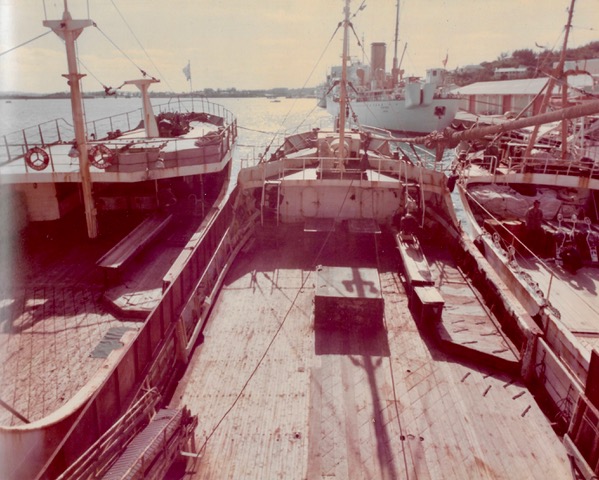
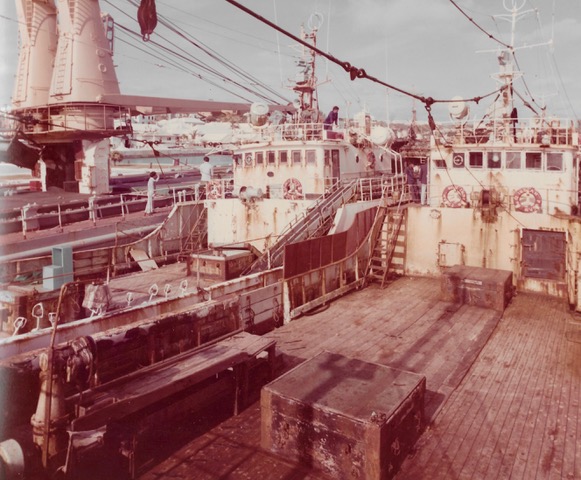
Said Constable Allebone:
“I indicated to the captain that I wished to see the body, and I saw it removed from a fish storage freezer on deck. The body, which was that of a fully clothed oriental male, was placed inside a large wooden box. I was not able to make any kind of examination as the clothes were frozen to the body.”
It was ascertained that the “Indian No.12” carried no medical doctor aboard.
Arrangements were made through the ships agent for the removal of the body by a local funeral director to the mortuary at the King Edward Memorial Hospital (KEMH).
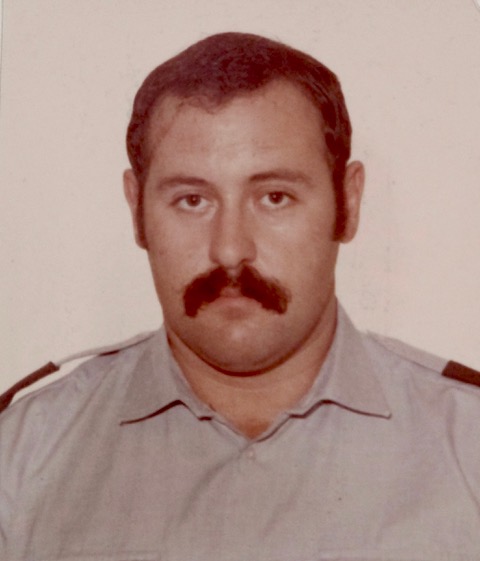
As the Officer in Charge of Eastern CID, on the morning of Wednesday, 30th March I met with Detective Superintendent Sheehy and discussed matters relating to this apparent sudden death on board the Korean trawler now within our jurisdiction.
The following facts were reviewed:
An additional consideration of some considerable importance arose in that if any criminal proceedings should arise following a Bermuda police investigation as to the circumstances of the death, then Bermuda would have NO jurisdiction to pursue the matter in the local courts.
It was agreed that a CID overview would be undertaken with a view to determining whether or not there was any reason to believe, or evidence of, foul play having occurred in the high-seas death of Jung Ho SOO. It was clear that a Coroner’s Inquest was required and Dr. Cooper was formally requested to perform a post mortem examination of the body.
In his statement, injured crew member O Sung YOUNG said that when the wave hit the boat he was knocked over the refrigerator cover and ended up beneath a work bench. He said he suffered a jagged head injury which he later showed to the jury.
About 10.30 a.m. on Friday 25th March, 1977 the deceased, SOO, went to the forward deck and stood with two other men. The weather was very windy and the sea was very rough with heavy confused wave action. Due to the sea and weather, fishing was not possible. SOO was advised by a colleague, Kang Moon Soo that he should stay below due to the poor conditions. However, the deceased insisted on staying on deck.
About this time the boat pitched, and a large wave washed over the forward deck. The three men were all knocked off their feet by the force of the wave. One man, O Sung YOUNG was knocked across the top of one of the hatches and ended up beneath a work bench. He sustained a bad laceration to the right rear of his scalp.
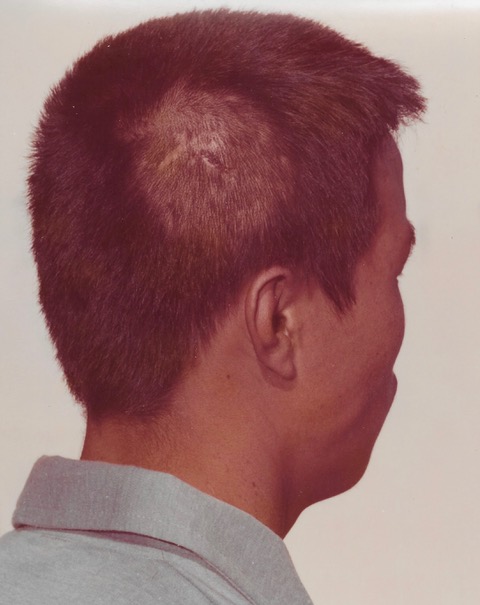
The deceased was seen to fall to the deck and be washed towards the stern by the water. Kang Moon Soo went to the assistance of the deceased and helped him to stand. After a few minutes of rest, they both went below to the mess area. The deceased’s wet clothing was removed for him as he was unable to do this himself. He then lay down to rest, and did not eat with the others.
A statement recorded from Captain Choy Bok TAE revealed that Mr. SOO had complained of stomach pains and head pains in the early hours of Saturday, March 26th. The captain said he had given the sick man some medicine and later an injection “because he was no better”. Mr. SOO died shortly thereafter.
At 9.00 p.m. the deceased vomited. Some crew members helped him onto a table, cleaned him up, and then put him back to bed. He complained of a headache and stomach ache and was given some medicine.
At about 1.00 a.m. the following Saturday morning, the captain instructed a crew member to feed the deceased some canned food.
About 2.15 a.m. the captain visited SOO who appeared to have difficulty breathing. He was given an injection followed by mouth to mouth resuscitation.
About 2.30 a.m. the captain said he noticed that SOO “Had the eyes of a dead man.” He decided that SOO was dead and he arranged for the preservation of the body.
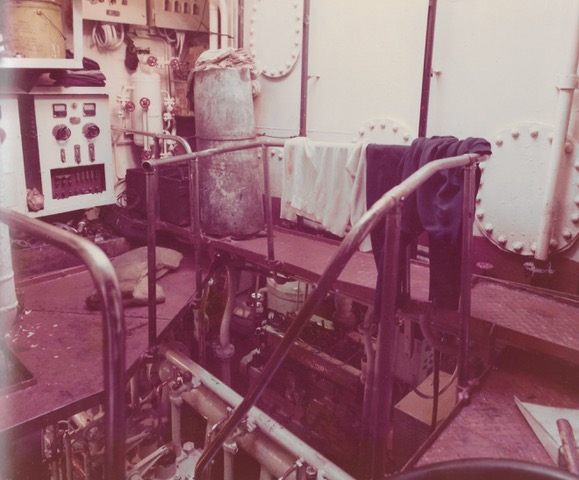
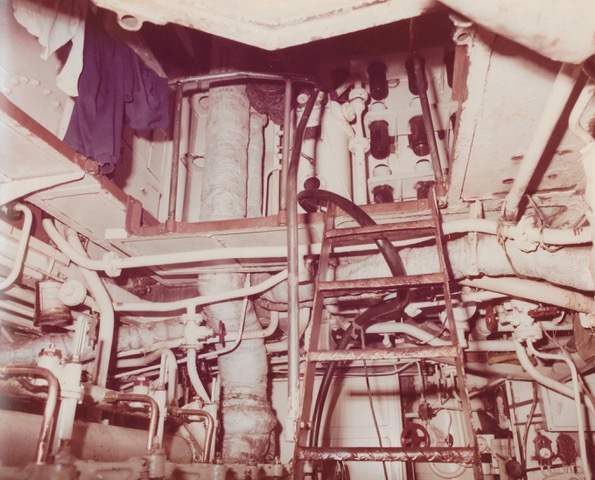
The deceased was said to earn approximately US$300 per month, but this varied according to the size of the catch. He did not receive wages each month as it was the custom of the company to forward each man’s money to his family in Korea. However, when the boat came into port, each man was given a small spending allowance.
Prior to joining the boat on 6th September, 1976, the deceased had been employed in Korea affixing neon signs to high buildings. He had to cease this work as he suffered from dizziness at height.
Captain TAE said that since working on Indian No.12, it had come to his attention that the deceased had fallen down quite frequently during the course of his duties on the boat, and that he was not a strong man. Because of this the captain had instructed the deceased that when the sea was rough, he was not to work on deck, but was to sit on the deck at one side.
Living conditions on board were seen to be very cramped with the combined mess room and sleeping area measuring approximately 20ft x 8ft, and situated at the stern. The bunks were arranged in tiers along the port and starboard sides. The two tables with bench seats were placed across the centre of the mess area. The engine room where the deceased had worked was forward of the mess area.

The forward deck was an open area where the fish were prepared. Three raised hatches and a work bench on the forward section of the deck were examined. The hatches stood about three feet in height and were made of wood with metal fittings.
“The Coroner was the Senior Magistrate Wor. Richard Hector. Mr. John Lee acted as interpreter.
“During the proceedings, with Captain TAE in the witness box, Mr. Hector asked him what sort of medicine he had given the deceased. Captain TAE said it was a Japanese drug like Alka Seltzer. He said he did not know what was in the injection, but he had learned about medicine at the Korean merchant navy academy “because you needed that training to be a captain.”
“Det. Sgt. George Rose read a statement he had recorded from another crew member, Mr. Kang Moon Soo. It said that on the morning of March 25th he was on the lower wooden deck area of the ship and the weather was so bad that there was no fishing. He said he told Mr. Jung Ho SOO not to come up onto the deck because it was so rough, but he did go up.
“Kang Moon Soo said a big wave came over the vessel and knocked him down and afterwards he saw Jung Ho SOO lying on the ground – the water had washed him down to the back of the boat.
“Kang Moon Soo said he helped the other man up and took him below deck and told him to have a rest. He said that Jung Ho SOO didn’t say anything about being injured.
“Kang Moon Soo said he was later awakened to find the deceased vomiting. He said the sick man was given medicine before he died.”
“Dr. Cooper said there were no [additional] external injuries to Mr. SOO, “but while you would normally find them, it was not invariably so.” He said Mr. SOO’s height and slight build could well explain the injuries he suffered compared with those of Mr. Young.
“Pc Terence Allebone told the jury that he had investigated the circumstances leading to the death of Jung Ho SOO with a view to determining how and when SOO received the head injury leading to his death. He had learned that Mr. SOO was not a strong man and suffered from dizziness and had been told not to stand on the deck when the weather was bad. He said that he was satisfied the other fishermen had comforted Mr. SOO as best they could before he died.”
Mr. Hector said there was no indication of foul play in the evidence the jury had heard and that it would seem there was bad weather and crewmen were injured.
____________________________________________
In November 1977, having first gained permits from Bermuda ahead of their visit, a fleet of South Korean fishing vessels was expected to be the first to test the new fishing zone between December, 1977 and April, 1978]
1) “I remember those boats alongside and the shark fins strung between the masts. When the wind was in the right quarter they stunk out the whole town. You could smell ‘em a mile away.”
2) “As kids we used to trade a Playboy magazine for a whole fish.”
3) “It was said that many of these crews were on the run from authorities in their own country. They were wanted men who were glad to be out of sight of authorities for 3 or 4 months at a time.”
4) “I remember the crew did a little farewell dancing ceremony around the frozen body as it was taken off the vessel onto the dock on its way to the mortuary.”
5) “The Koreans wore flip-flop sandals made of wood with a cloth strap over the top. They kept to themselves sitting along the docks’ – which was alright because of the smell. I didn’t want to move too close to the dock. Mostly, they didn’t speak English and rarely moved about the Town - but they’d always smile and wave when we went down to the wharf.”
6) “It was the job of the duty Customs and Boarding Officer in St. George’s in the late 1970’s to go out on the pilot boat, meet and board the trawlers’ and process the crew members for landing during the journey in. Mostly, there was always one officer on board, usually the captain or the radio officer, who knew a smattering of English and could supply the required documentation.”
7) “Their short stay in Bermuda and the language barrier posed obvious problems but a captain had to know a little English to get his foreign fisherman’s licence. They all had passports but the crewmembers didn’t speak English.”
8) “Sharks were caught all the time when longline fishing for tuna and were treated as ‘bycatch’ with only the valuable fins kept for Asian dishes. There was big money in the fins. Most times the shark meat was used as bait for longlining.”
9) “I remember seeing the dead crewman in the iced fish hold with a 3 or 4 foot tuna lying across his chest. Many of the crew were injured in some way or another because of the enraged seas.”
10) “Peeling paint and very smelly they sailed in right under the noses of Bermuda fishermen who were growing up a stink about what they claim was exploitation of the rich fish harvest of the Argus and Challenger Banks.”
See the following link for a glimpse into the squalid living conditions for South Korean fishermen at sea on a ship of horrors: life and death on the lawless seas.
https://www.theguardian.com/world/2019/sep/12/ship-of-horrors-deep-sea-fishing-oyang-70-new-zealand
